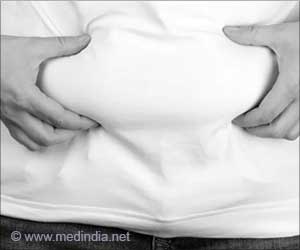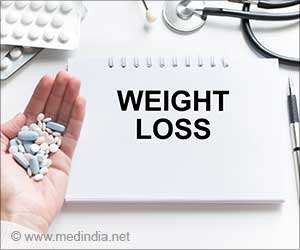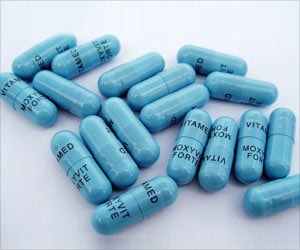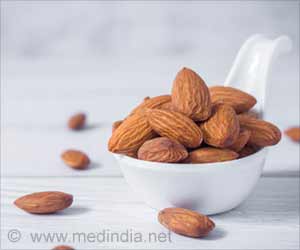
Determination of the exercise intensity that elicits maximal fat oxidation
Go to source).
‘People should go for personalized weight loss plans including diet and exercise, rather than working in commercial exercise machines.#WeightLoss #CardioWorkouts #Treadmill’
Tweet it Now
Two equations are needed to figure out fat burning zone. The first equation ( lower end of the fat-burning zone) is derived by multiplying the Maximum heart rate for your age and 0.64. The second equation ( higher end of the fat-burning zone) is derived by multiplying the Maximum heart rate for your age and 0.76.Instead, the researchers used clinical exercise testing—a diagnostic procedure to measure a person’s physiological response to exercise—which may be a more useful tool to help individuals achieve intended fat loss goals.
Forget Cardio 'Fat-Burning Zone' — Here's How to Find the Best Exercise for Weight Loss
People with a goal of weight or fat loss may be interested in exercising at an intensity that allows for the maximal rate of fat burning. Most commercial exercise machines offer a ‘fat-burning zone’ option, depending on age, sex, and heart rate.However, the typically recommended fat-burning zone has not been validated, thus individuals may be exercising at intensities that are not aligned with their personalized weight loss goals.
The term FATmax is sometimes used to represent the exercise intensity and associated heart rate at which the body reaches its highest fat-burning rate during aerobic exercise. At this point, fat is a significant fuel source and therefore this intensity may be of interest to those seeking to optimize fat loss during workouts (2✔ ✔Trusted Source
Discrepancy between predicted and measured exercise intensity for eliciting the maximal rate of lipid oxidation
Go to source).
As part of the study, the researchers compared heart rate at FATmax, as measured during a clinical exercise test, to predicted heart rate at percentages of maximal effort within the typically recommended “fat-burning zone”.
Advertisement
Next, the researchers plan to study whether individuals who receive a more personalized exercise prescription demonstrate more weight and fat loss, as well as improvement of metabolic health markers that identify health risks like type 2 diabetes, obesity, and heart disease.
Advertisement
References:
- Determination of the exercise intensity that elicits maximal fat oxidation - (https://journals.lww.com/acsm-msse/fulltext/2002/01000/determination_of_the_exercise_intensity_that.15.aspx)
- Discrepancy between predicted and measured exercise intensity for eliciting the maximal rate of lipid oxidation - (https://www.nmcd-journal.com/article/S0939-4753(23)00283-1/fulltext)
Source-Eurekalert







